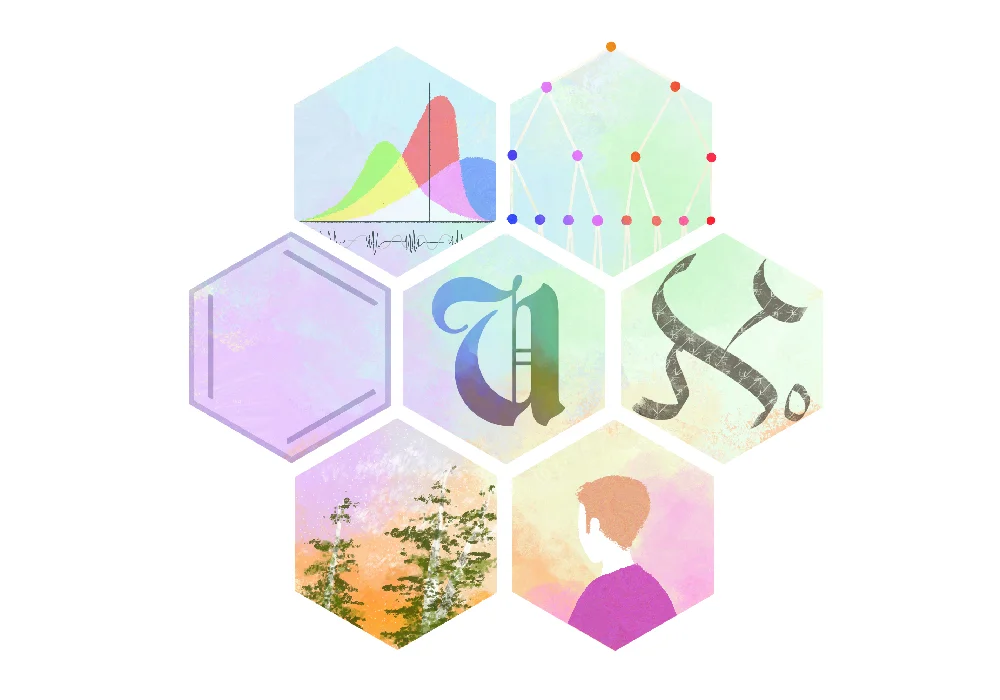
Orange you glad that the election down South is almost over? UBC research, however, is never done and won’t make your blood pressure rise as much. Here are a number of notable studies the university has churned out to distract you from the world’s impending disaster.
Drones allowed for elusive bowhead whale observation
Despite being one of the longest-living marine mammals, little is known about the bowhead whale, as this elusive creature spends its entire life in Arctic waters. Much of what is known was taken from a combination of boat-based observations and conventional tagging methods. For the first time, drone technology has allowed UBC researchers to observe the behaviour of these marine mammals in real-time. Drones allowed for a safe and affordable method to obtain high-quality images and videos of these whales, giving researchers a better glimpse into these mammals’ social and feeding behaviour, and provide population data crucial for species conservation initiatives.
Cougar trophy hunting increases human-cougar conflict
Cougar trophy hunting was once prescribed by wildlife managers as a way to minimize conflict between the cats and humans and property. A new study spanning three decades suggests that not only was this ineffective, it could potentially be the reason for an increasing trend of human-cougar conflict.
The death of a large adult male through hunting causes juveniles to disperse into this new territory which may or may not include human settlements. Young animals tend to be bolder, more curious and are generally less skilled hunters, and thus prone to attacking livestock. These, combined with their inexperience interacting with people, make them more “conflict-prone” and therefore more vulnerable to lethal management methods. While the researchers only found correlative data, used only BC-centric data and offered no alternative management strategy to ensure peaceful coexistence with these large carnivores, the study is an important stepping stone into re-evaluating the province’s lacking wildlife policy.
Sharks use fish waste to grow and keep themselves moist
Fish typically excrete nitrogenous wastes as ammonia the same way humans do with urea (in urine), yet a recent study has found that Pacific spiny dogfish sharks get almost a third of their nitrogen needs by absorbing the same ammonia through their gills.
Nitrogen is a crucial resource for sharks, requiring the substance for growth and maintaining salt balance with the environment so they won’t dry out. Absorbing ammonia through their gills allows these sharks to survive long periods without food and adds them to a growing list of fish — that include rainbow trout, juvenile toadfish, walleye and hagfish — that can “feed” through their gills and actually grow more efficiently when environmental ammonia is slightly elevated.

